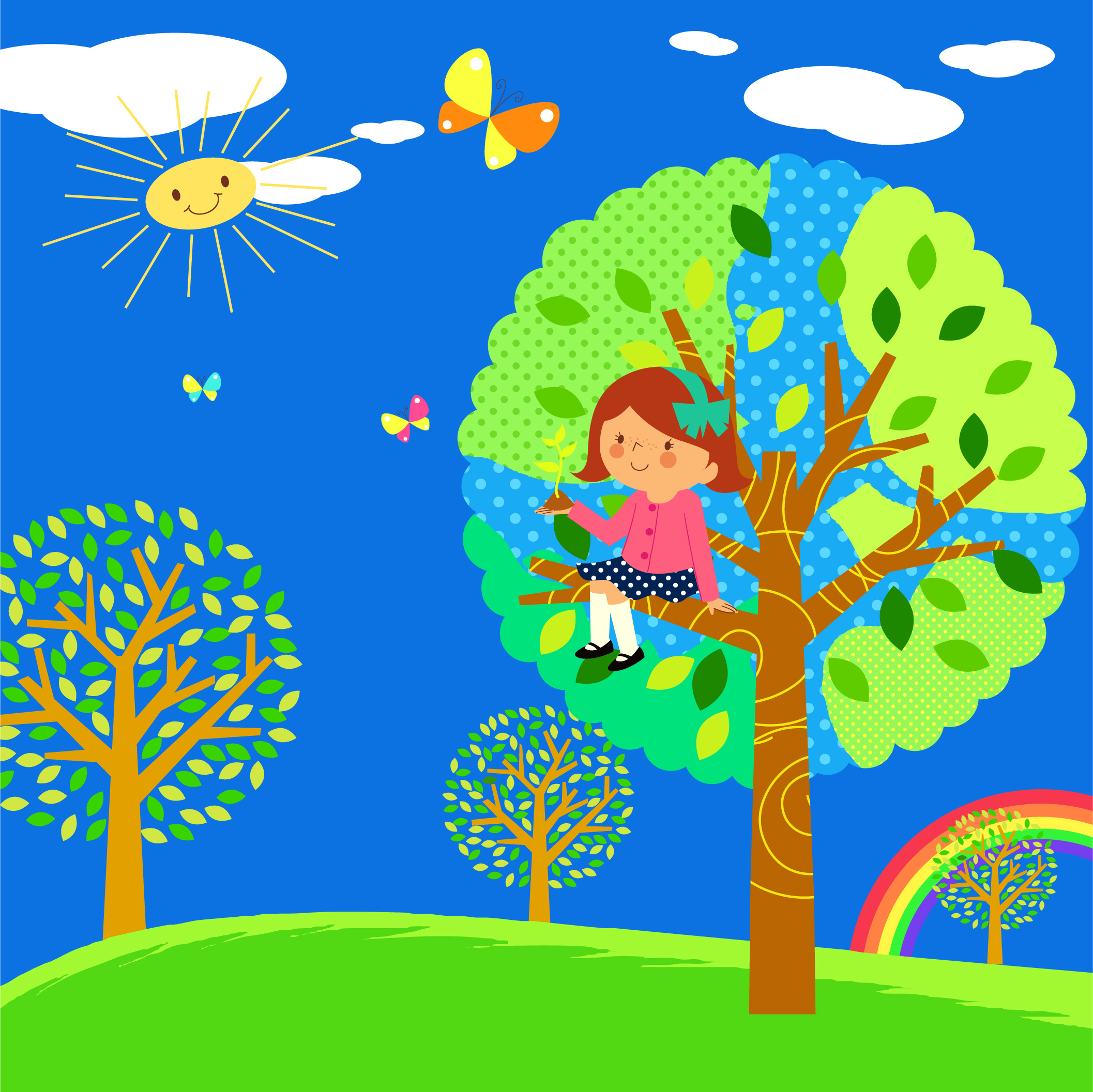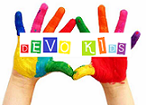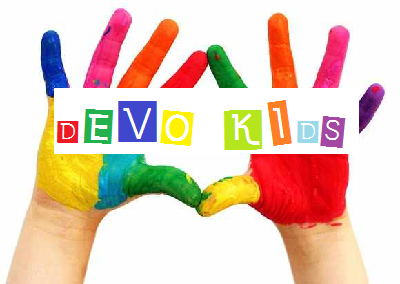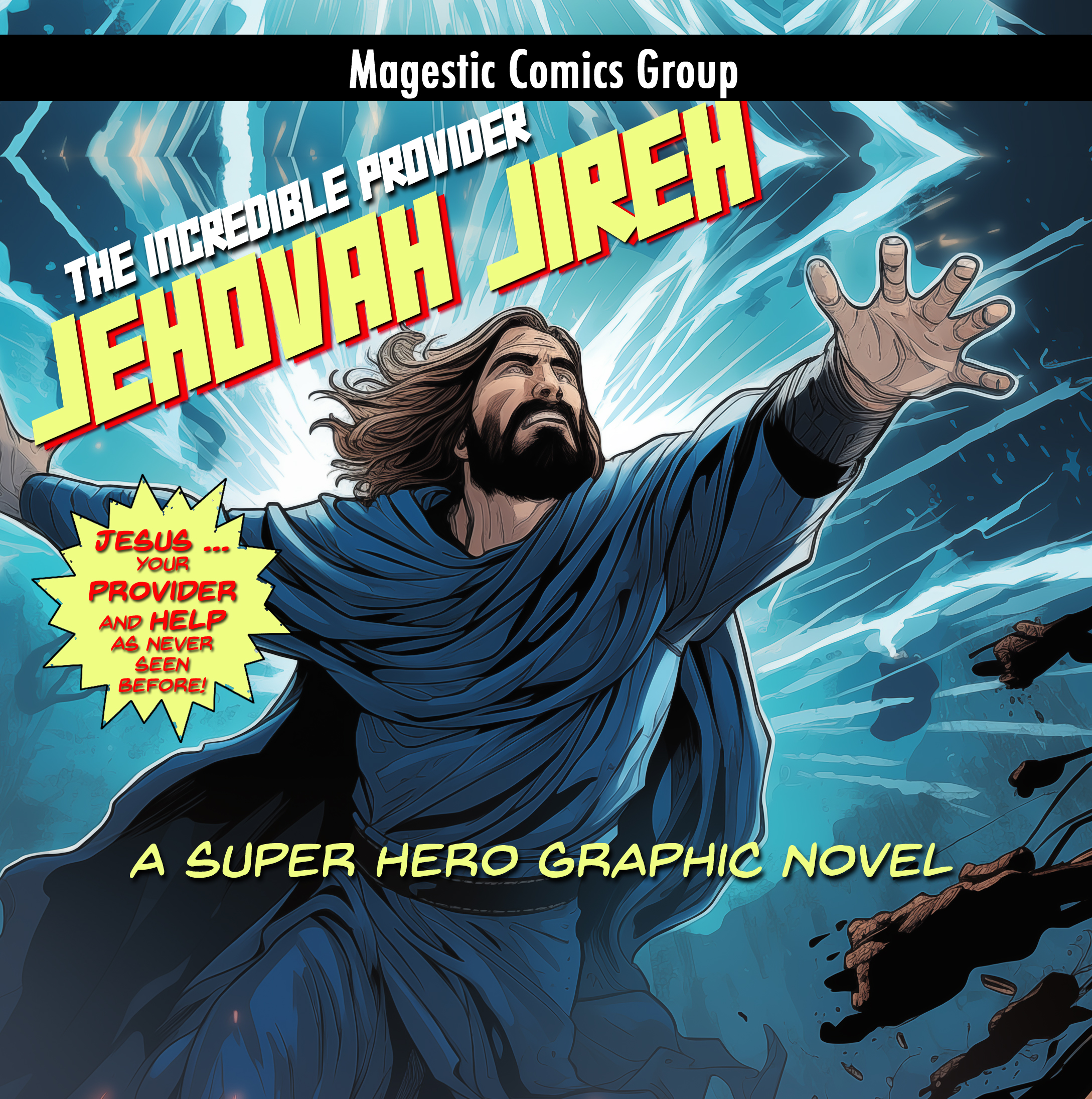How to Create Fictional Characters by Vonda Skelton

So you want to write a book or short story? Great! Today we’ll talk about something all good fiction books have in common: interesting characters. Boring characters mean boring books. And who in the world likes to read boring books? Nobody!
Once you know what your story is about, you need to start creating characters that seem real. To do that, I always create a character profile for each person, covering details like physical description, the person’s likes and dislikes, and his or her background.
And I always, always, always write it all down. I know you probably won’t believe this, but unless you write down everything about your character, you could get confused. I’ve heard authors admit they talked about a character’s blue eyes on page 23, but then said something about their brown eyes on page 113! Oops! Now, that author may have totally missed her mistake, but you can bet the reader didn’t!
Another reason to make these decisions about characters is that you need to know your characters inside and out. You need to know what makes them tick, how they would respond in a situation, and what they want to happen. The only way to know those things is to figure it all out ahead of time. Of course, that doesn’t mean the character won’t ever change, but you have to know where to begin.
So, grab a piece of paper and let’s get started creating your main character!
1. Species. The first thing to decide is whether your character is human or something else. Sea monster? Space alien? Puppy? Horse? Robot? Worm? It really doesn’t matter. After all, you’re creating this character and you can make him or her be whatever you want! Decide the species and then write it down by #1.
2. Boy or girl? It doesn’t matter what species your character is, you still need to decide if it’s a boy or a girl. That’s #2.
3. Age. How old is your character? A little baby? A 10-year-old? A teenager? An adult? Again, it doesn’t matter. Just decide. And remember, if it’s an alien or a sea monster, you could make it very, very old.
4. Size. I’m not talking about the actual size. You don’t have to say she’s four feet, three inches tall or nine feel tall. But you do need to know something about his or her size. Is she taller than most people or horses or robots her age? Is he smaller than most cats? Heavier? Skinnier? The main thing is you want to describe his or her size compared to other species of the same age. And you can be creative. Remember, Clifford the Big Red Dog started out normal size and then grew…and grew…and grew!
5. Eye color. If your character is a human, you most likely want to stick with normal human eye color. But if he or she is something else, you can be more creative.
6. Hair. In addition to deciding on a color, describe the length and style. He could even be bald!
7. Skin color. If your character doesn’t have skin, then describe the outside covering, whether it’s scales, fur, or metal. Freckles? Wrinkles? Birthmarks? You decide.
8. Personality traits and talents. This one is really fun. Take some time and make a list of everything you “know” about this character’s personality. Is she a leader or a follower? A good friend or a back-stabber? Does your character work hard in school and make good grades? Or does he work hard but still can’t make good grades? Is he a good basketball player? A singer? A fast runner? Is he good at math? Does she get along well with people, or is she always causing conflicts? Does she tell the truth, or is she a liar? You don’t have to list these specific things, but things like this. And the more you list, the better you’ll know your character.
9. Backstory. Ever heard of that word? Don’t feel bad if you haven’t. Most adults aren’t familiar with it, either. Backstory is just another word for background. But for some reason, writers and movie makers always use the word, backstory. So start making a list of your character’s background information. Does he live at home with mom and dad and two sisters and everybody gets along? Or does he live with grandma and grandpa because his parents are in prison? Does he live on the streets and eat food out of trash cans or does he live in a mansion where he has fancy meals three times a day? Has he lived in the same small town all his life or did he just move there from Paris? You decide…and then write it down.
10. Powers. Is your character a normal person, or does she have special powers? Some writers think superheroes or characters with supernatural powers have to be included to have an interesting story. Not true. But if you want them, this is where you list it.
11. Quirk. This may be another new word for you. A quirk is something that just doesn’t go with everything else you know about a character. Take Superman for instance. He’s “faster than a speeding bullet, more powerful than a locomotive, can leap tall buildings in a single bound”, but Superman has one itsy, bitsy problem—Kryptonite. All it takes is a little sliver of this green gem and his strength is totally zapped from him. Or consider Indiana Jones from Raiders of the Lost Ark. He was tough and strong and continually stood up for the less fortunate, but he was deathly afraid of something—snakes. So what did the writer of the movie or book do? He made sure Indiana Jones fell into a pit of—yes, you guessed it—snakes! You might let your neighborhood bully be a terror at school, but then at home, when that bully goes to bed, maybe he sucks his thumb and carries a blankie. Maybe your character thinks she can sing well and enters all the talents shows at school and sings solos at church. But in truth, she’s awful and everybody but her knows it! Again, your characters certainly don’t have to have quirks (Bitsy doesn’t have a quirk), but you can add that if you’d like.
12. Name. Some names carry certain images, so be sure to spend time thinking about the best name for your character. Whether she’s smart and nerdy or slow and needy there are some names that just won’t fit your character’s personality. And it’s always a good idea not to be sure names don’t sound similar or start with the same letter. You don’t want your reader to confuse your characters.
13. Do you like your character? Before you answer this question, be sure you understand what I mean. In any book there are good guys and bad guys. There are those you want your readers to love and those you want them to dislike. When you evaluate this point, make sure you’ve gotten their personalities across to the reader so they identify with or enjoy your main character and they are suspicious and dislike your not-so-nice character. In other words, does your main character draw the reader in? Does your bad guy (or girl) make your reader want to throw something at him (or her)? Of course, if you’re writing a mystery, the reader may think someone else is the bad guy, and that’s REALLY fun!
So there you have it—a 13-step program for creating characters your readers will love. Follow this guideline and you’ll have readers and teachers coming back, begging for more!




